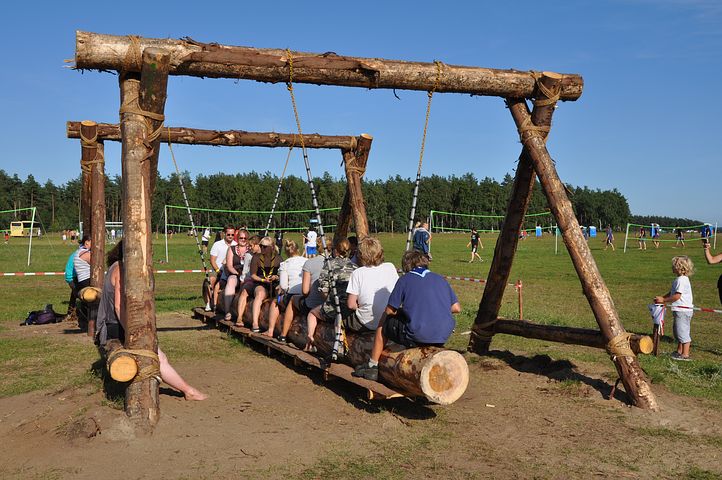School’s almost out, and across the country kids are getting ready for summer camp.
Back in the day, everyone brought a big trunk, loaded with bug spray and books, bandannas and band aids and of course, secret stashes of candy. There was lots of anticipation about which counselors would be there, which kids would be in your cabin, and what activities you were going to sign up for. Believe it or not, these camps still exist.
Sadly, they’re mostly not available to our after school kids whose parents can’t begin to pay hundreds of dollars per week. When the school doors close for the summer, many of our kids face endless hours of TV and video games, lots of junk food, and possibly some dangerous street situations. Summer school isn’t even an option in many communities this year.
All of this makes our after school Supplemental funding so much more important.
While it’s not a lot of money, 21st Century and ASES grantees across the state are busy pulling together mini-miracles of creative programming. Fresno County Office of Education, for example, is basing its whole program on the Phantom Tollbooth, complete with a tollbooth and tokens for daily sign-in and hands-on learning projects related to the book’s story-line and themes. Combined with a week of adventure competition (a la Survivor), Fresno kids are well-placed for fun and learning.
Switching “after school style” to “summer style” isn’t hard for the talented site coordinators and line staff we all know. Some key things to think about:
Daily and weekly rituals –
How do kids sign in and sign out? How do they connect with their peers and their counselors? Community circles to check in at the start or end of the day are commonly used. End-of-the week rituals – like beads to recognize excellent behavior or awards for accomplishments – are often part of the summer scene. Songs, games and performances can all be incorporated as part of group gatherings that set the spirit for camp fun.
Group and team identity –
During the school year, they are classes but in the summer they take on new names – types of animals, camp cabins, favorite shows – generated by the youth. These identities can be reinforced by t-shirts, banners, silly songs and chants, and friendly competition.
Theme-based activities –
Unlike the school year, summer staff have lots of time to dig deeply into topics, events and issues with kids. Coming up with weekly or program-long themes – ie: animals, around the world, environmental justice, civil rights – can really invigorate your curriculum and allow kids to explore topics that are relevant and connected throughout the summer.
Group meals and picnics –
Food is important all the time, but particularly in the summer when some kids don’t have access to the free lunch program. Summer programs can help make sure that at least one (but ideally more) well-rounded meals are available. But, food doesn’t have to be cafeteria-style. It can come with its own set of rituals around who serves the food, where it’s eaten, and what’s happening during this group time. Meal times could be a time to show camp pictures, to explore topics and issues at table conversations, to get to know your counselors, and to celebrate individuals and groups.
Special events –
The end-of-summer showcase or performance is an age-old ritual, where peers, staff, families and community members get to see the learning in action, and young people get to celebrate their summer’s work and play.
Annual rites of passage –
For programs that span multiple years with the same students, there’s big inspiration in the opportunity to get to the next level of opportunity and fun. Some programs, for example, have the same annual event for each grade level, so the 5th graders look forward to a field day at the local park, the 6th graders go to the beach, the 7th graders have an overnight camping trip, and the 8th grade counselors-in-training have a post-program backpacking trip. Each experience building on the last and encouraging young people to look forward to the opportunities and privileges of the coming year.
Leadership opportunities –
All of these rituals and activities provide opportunities for youth leadership. With the right structure and support, young people make decisions, work with peers, and take on small and big leadership roles. They are constantly setting and carrying forward the camp culture, particularly as programs build from year-to-year.
What else? I’m sure there are many ideas being planned all over the state, and with everything after school, the best advice comes from peers, so please send me an email or post a comment to this blog with your “summer style” ideas.
Thanks for reading. Happy summer fun.
PS Best breakfast place in Oakland – Blackberry Bistro on Park Boulevard. Come check it out!
Author Profile: @katiebrackenridge
